 2014 image
2014 image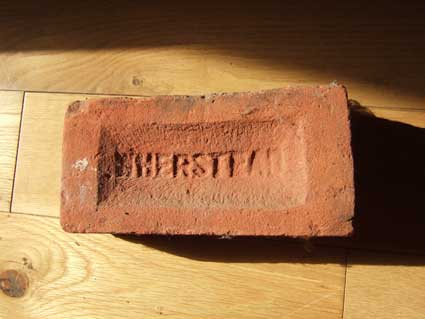
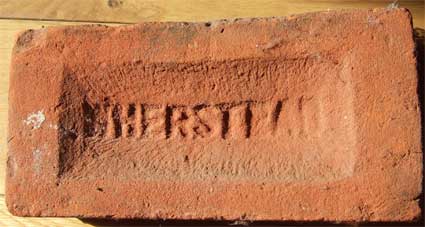
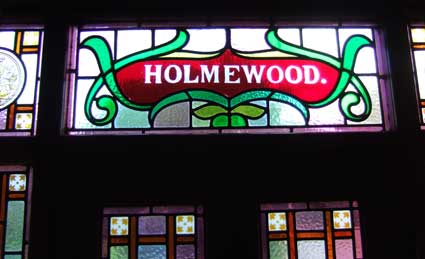 Photographs
courtesy Des Pawson
Photographs
courtesy Des Pawson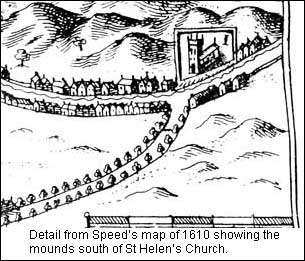
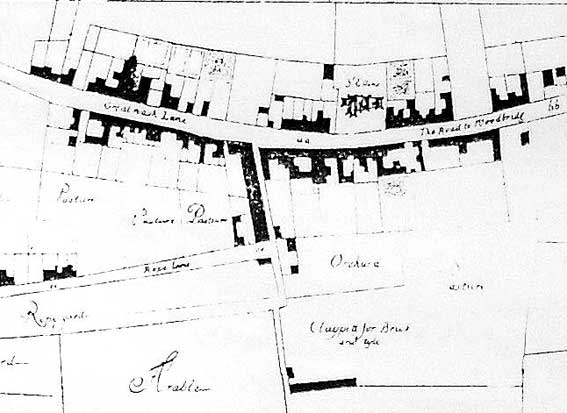 Detail of
Ogilby's map 1674
Detail of
Ogilby's map 1674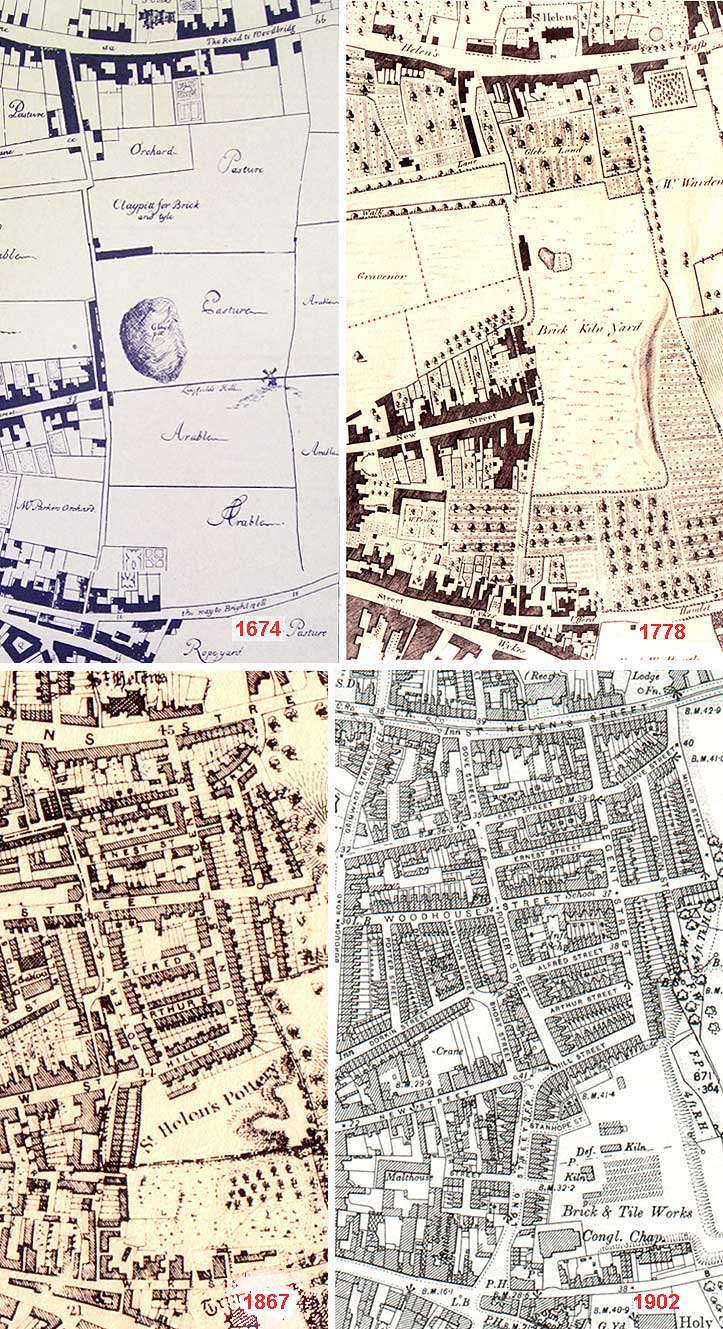
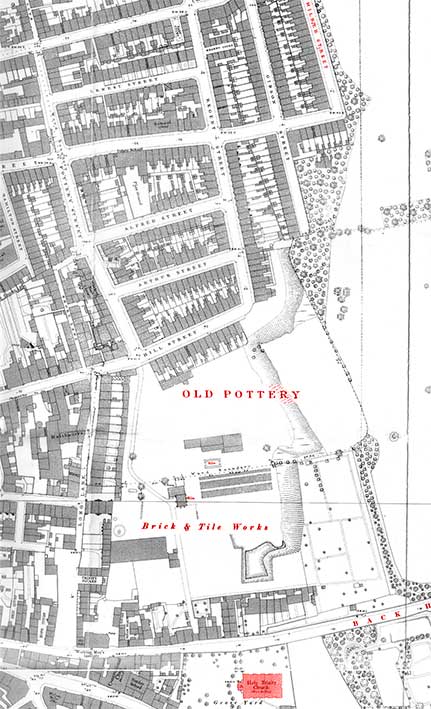 1884 map
1884 map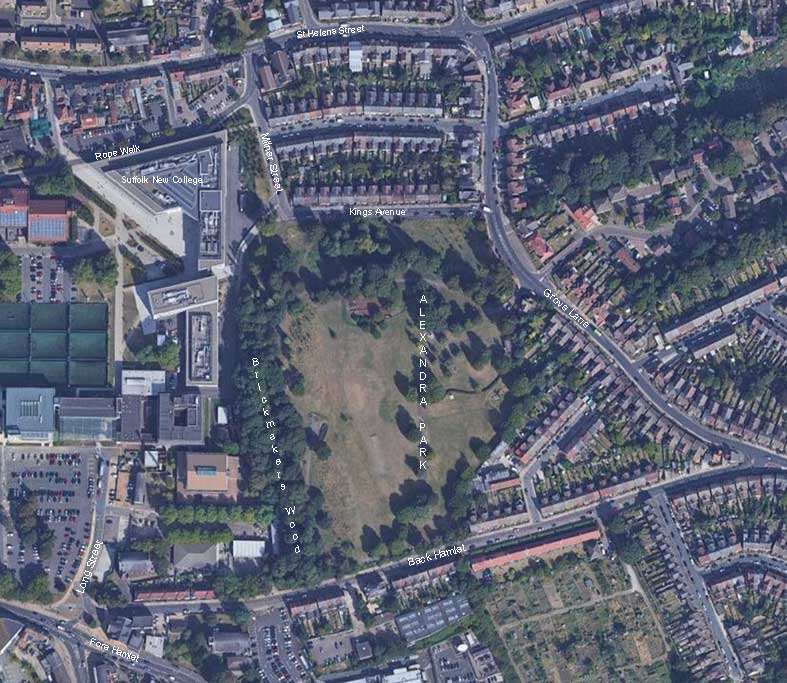

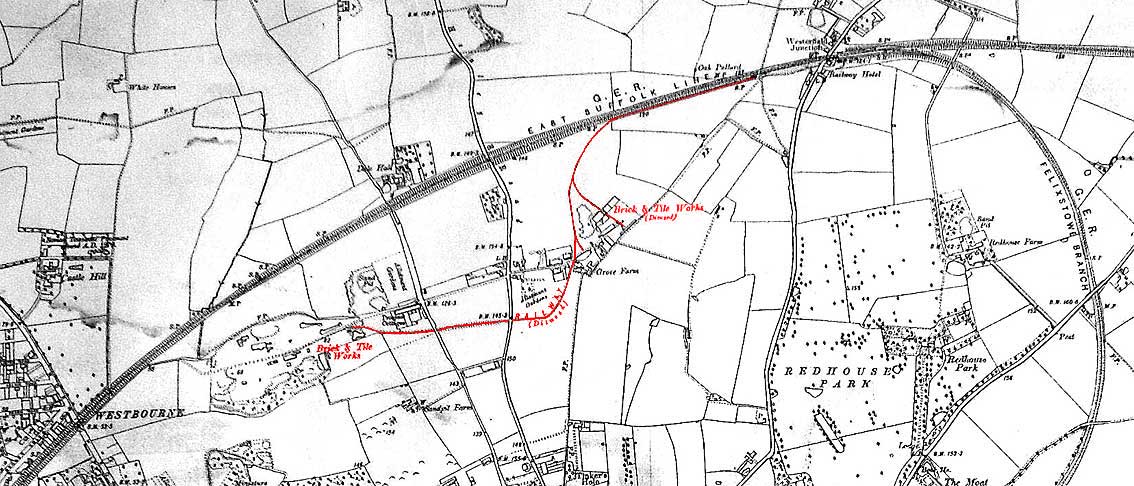 1930 map
1930 map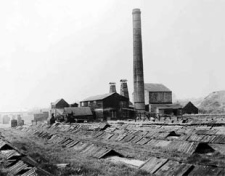
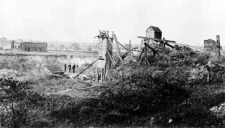 Bolton
& Laughlin's brickyard
Bolton
& Laughlin's brickyard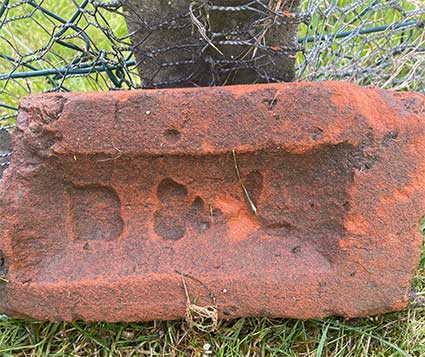 2021
image courtesy Lauren Page
2021
image courtesy Lauren Page


 1928 map
1928 map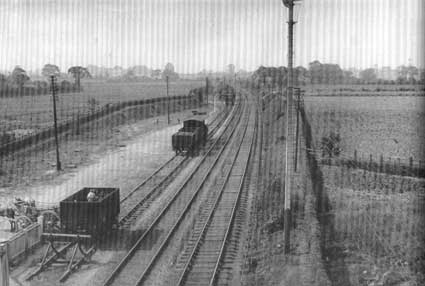
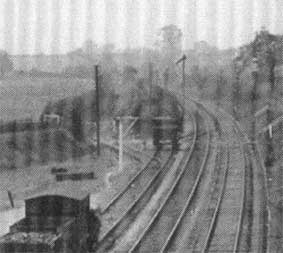 1911
image
1911
image 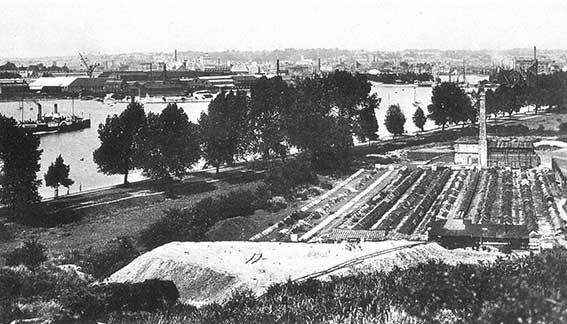 1900
image
1900
image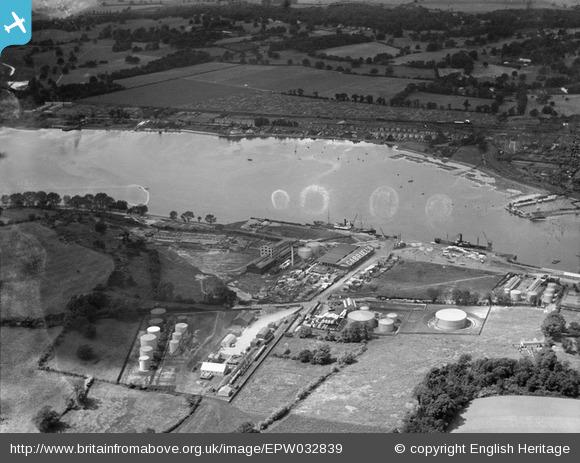 Image
courtesy Britain from above
Image
courtesy Britain from above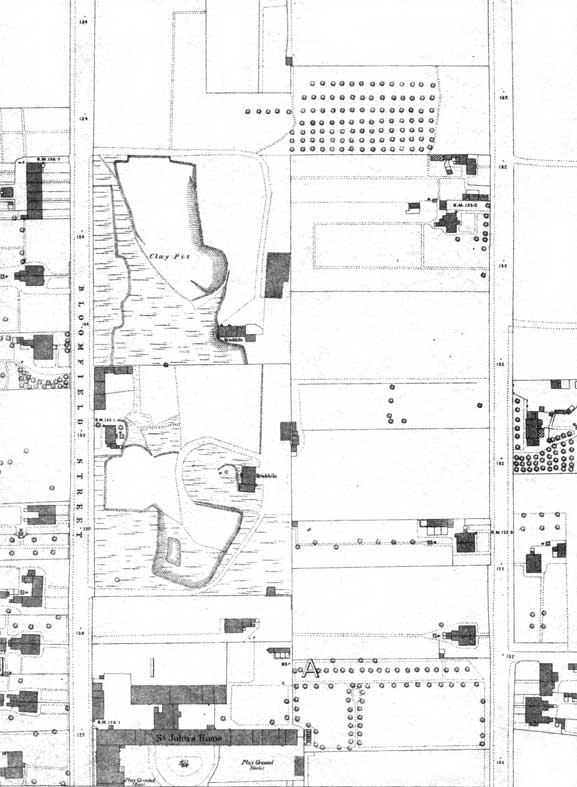 1883 map
1883 map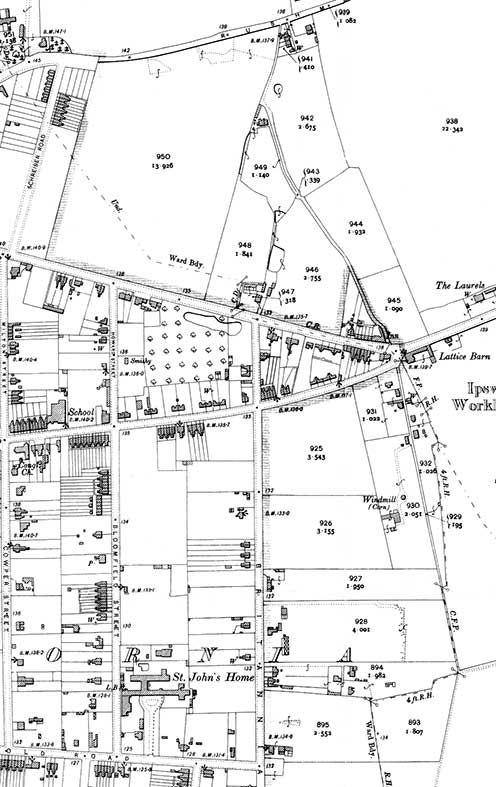 1902
map
1902
map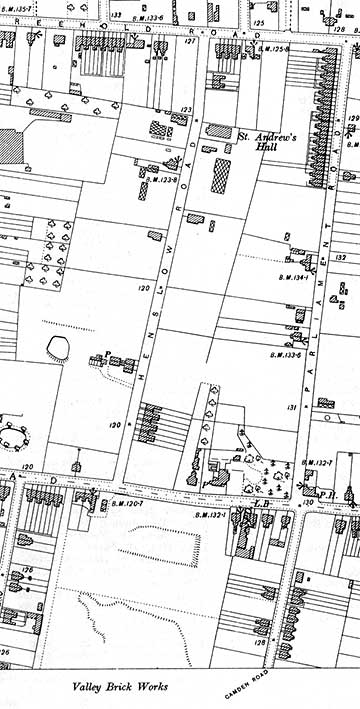 1902
map
1902
map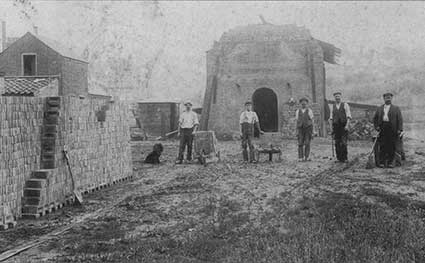 1920s/30s?
1920s/30s? 1883 map
1883 map 1884 map
1884 map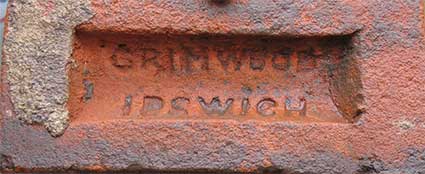 2024
image courtesy Richard & Jean Attenborrow
2024
image courtesy Richard & Jean Attenborrow 1867 with
1840 detail
1867 with
1840 detail